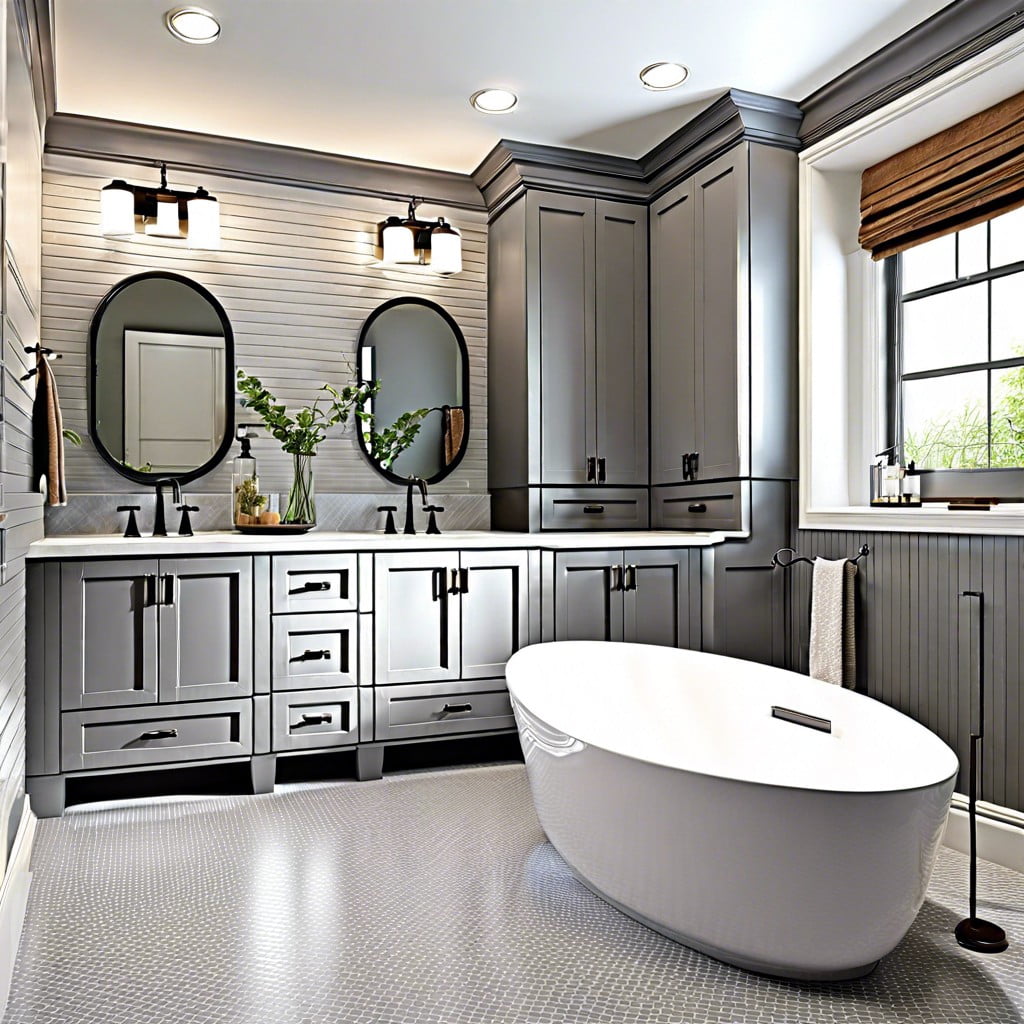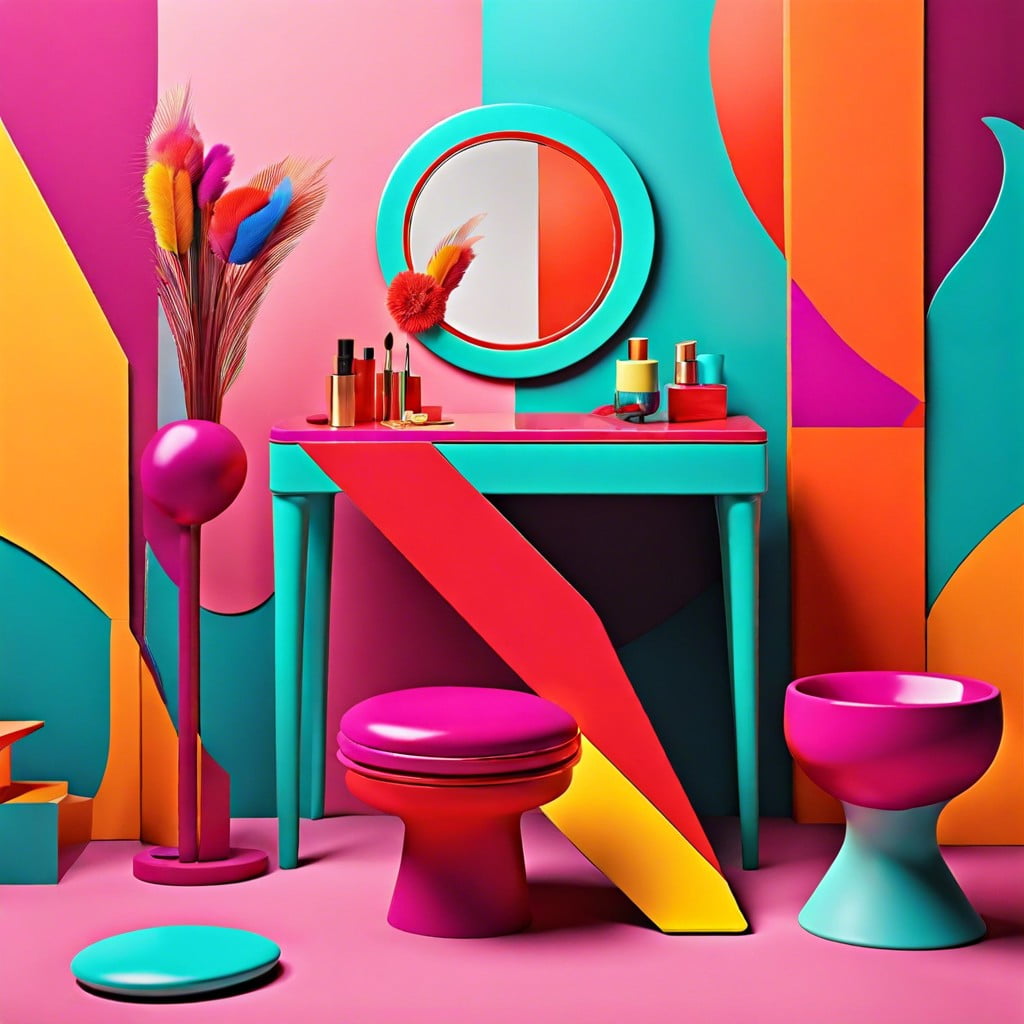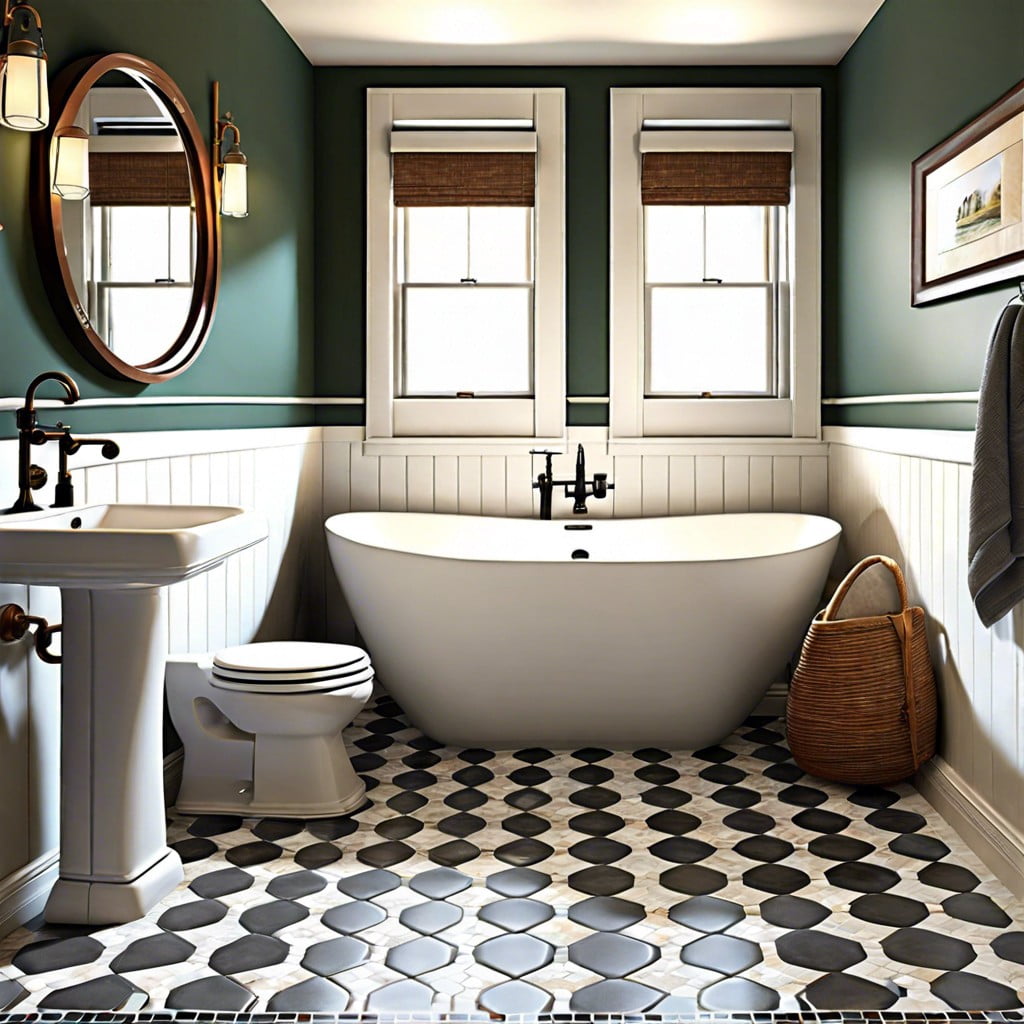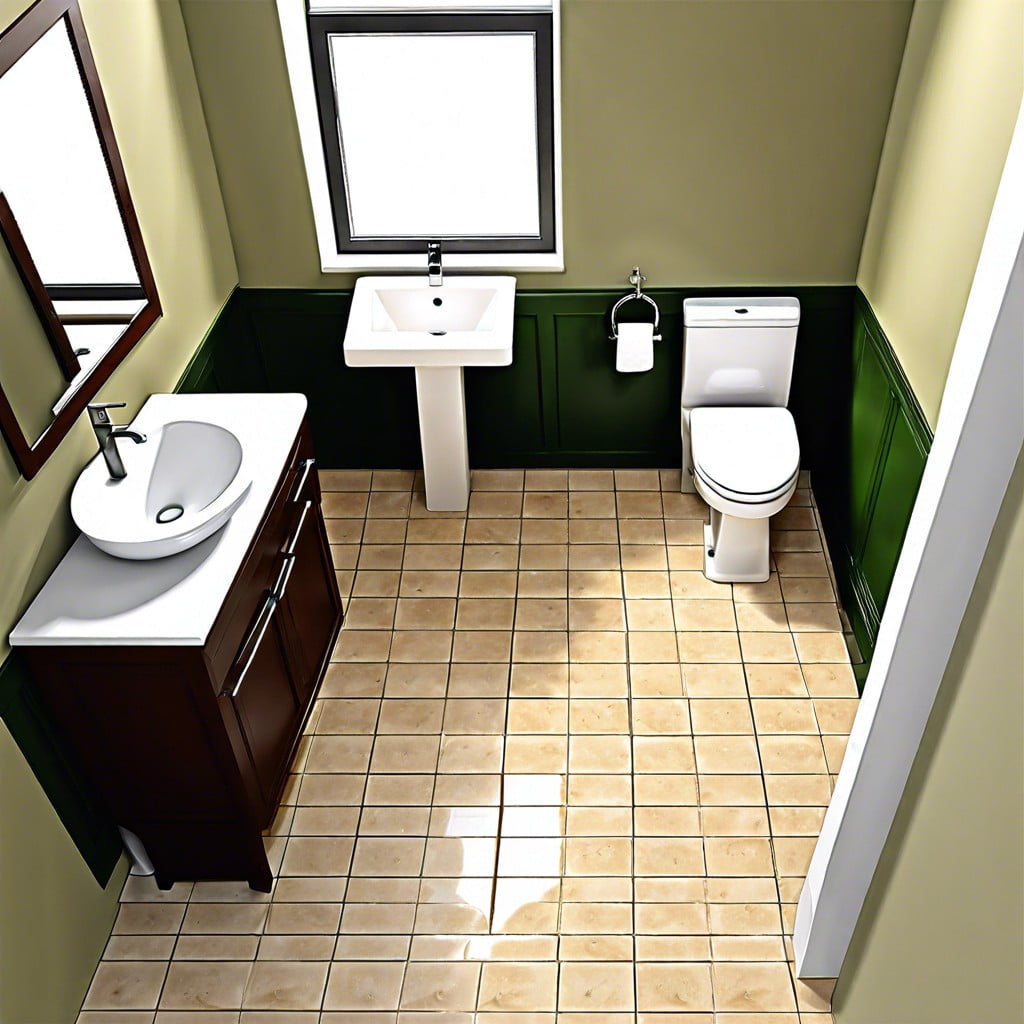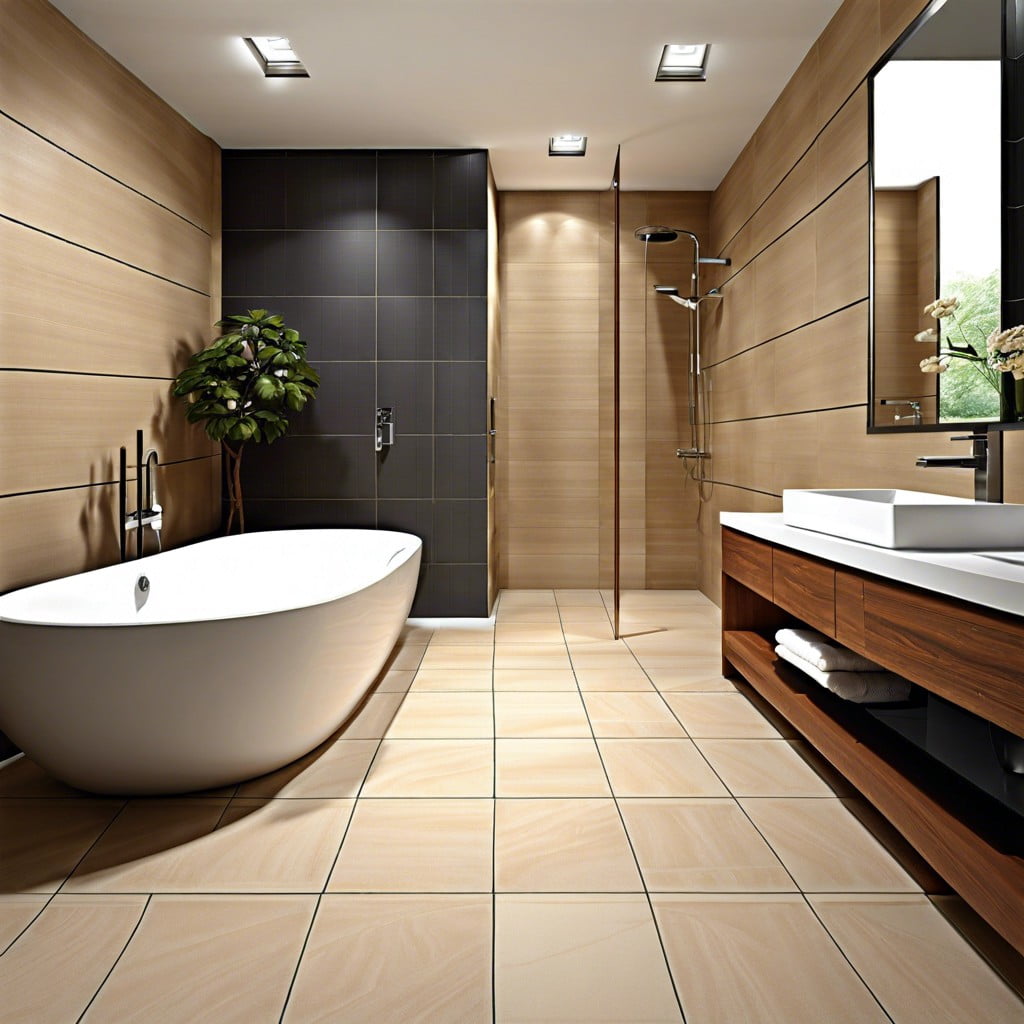Last updated on
Dive into this enlightening comparison between bidets and toilets as we evaluate their hygienic, environmental, and lifestyle impacts.
Key takeaways:
- Bidets provide a thorough cleanse, potentially reducing the risk of infections.
- Bidets are gentle on the skin, making them suitable for those with sensitivities.
- Bidets significantly reduce waste and the need for toilet paper, benefiting the environment.
- Bidets may require an upfront investment, but they can lead to long-term cost savings.
- Using bidets promotes better hygiene and reduces the spread of bacteria.
What Is a Bidet?
Essentially, a bidet is a bathroom fixture designed for cleaning oneself after using the toilet. Originating in France in the 17th century, it has become a staple in many parts of Europe, Asia, and South America. Unlike a traditional toilet, a bidet utilizes a stream of water to provide a thorough cleansing for the genital and anal areas.
Here are a few points to unpack the concept:
- Types of Bidet: Standalone units that resemble a low sink sit next to the toilet, while bidet toilet seats and handheld sprayers can be attached to existing toilets.
- Functionality: A jet of water is the primary cleaning agent, which can be temperature-controlled and offer adjustable pressures in some models for personalized comfort.
- Use: After finishing at the toilet, one either moves to the standalone bidet or uses the integrated bidet function to cleanse themselves, then dries off with toilet paper or a towel.
Bidets offer a different approach to personal hygiene, emphasizing the use of water over paper, aligning with the routines of various cultures around the world.
What’s the Difference Between a Bidet and a Toilet?
Understanding the distinctive functions of a bidet versus a toilet is crucial for discerning which is more suitable for one’s personal hygiene routine.
A regular toilet is designed for the disposal of waste. On the flip side, a bidet is specifically intended for cleaning oneself after using the toilet.
Toilets come in various designs, including traditional ones with a tank and flush mechanism, while a bidet typically offers a stream of water for post-toilet cleansing.
It’s notable that some modern bathrooms feature a bidet function built into the toilet itself, marrying the best of both worlds.
Overall, the main distinction lies in their primary purposes: removal of waste versus personal cleaning.
Which Cleans Better?
Efficacy in cleaning is one of the core debates when weighing bidets versus traditional toilets. Bidets employ a stream of water which is precise and gentle, allowing for a thorough cleaning without the friction that toilet paper may bring. Particularly for individuals with hemorrhoids or those who have just undergone surgery, a bidet’s ability to cleanse without physical contact is a soothing alternative.
In contrast, toilet paper can be abrasive and sometimes leaves behind traces, which might result in discomfort or an incomplete clean. For those with mobility issues, reaching with toilet paper can be an inconvenience, making the bidet’s accessibility a clear advantage.
Moreover, the bidet’s gentle cleansing is also a friend to sensitive skin, reducing the likelihood of irritation that some experience with the repeated use of toilet paper. Hygiene-wise, the use of water is kindred to the practice of handwashing; it’s intuitive that water cleans more effectively than a dry method.
Which Is More Hygienic?
Bidets edge out traditional toilets when it comes to hygiene. The direct water cleanse is far superior to using toilet paper, which essentially smears more than thoroughly cleans. Water, after all, is a universal solvent and is incredibly adept at removing bacteria and waste effectively.
Let’s consider that showering offers a refreshing feeling whereas wiping something off your hands doesn’t quite clean them. The same principle applies here. Plus, for those suffering from conditions like hemorrhoids or UTIs, bidets offer a gentle, soothing alternative, reducing the risk of infection and irritation associated with abrasive toilet paper.
Moreover, there’s the factor of touch. A bidet requires no hand contact with waste, minimizing the transfer of germs onto your hands and therefore vastly reducing the potential spread of pathogens.
In the debate of hygiene, bidets quite clearly deliver a cleaner bill of health.
The Benefits of Using a Bidet
Diving into the benefits of bidets — think beyond just cleanliness. First off, they’re gentle on the skin, which is a saving grace for anyone with sensitivities or conditions like hemorrhoids.
Bidets use water which is an effective cleaning agent, providing a more thorough way to wash after using the bathroom, especially compared to the often abrasive action of toilet paper.
Environmentally, bidets shine, massively reducing the need for toilet paper. This translates to fewer trees being cut down and a decline in the energy and water used for manufacturing and transporting TP.
Economically, splurging on a bidet could lead to savings. Cutting back on toilet paper can decrease long-term expenses — and those pennies do add up over time.
And for the hygiene-concerned, bidets can drastically diminish the spread of bacteria and germs, lowering the risk of infections.
Add a touch of luxury to your bathroom routine — modern bidets come with an array of features from heated seats to warm water streams, creating a pampering experience that toilets simply can’t match.
Bidet Vs Toilet Paper: What Are the Benefits of Using a Bidet As Opposed to Toilet Paper?
Switching from toilet paper to a bidet could herald a cleaner, greener, and gentler bathroom routine. Bidets offer superior personal hygiene, gently cleansing with water instead of potentially irritating paper. They are a game-changer for those with mobility issues or hemorrhoids, easing discomfort with their soothing streams.
Moreover, with environmental concerns on the rise, bidets outshine traditional toilet paper by reducing deforestation and the hefty water footprint of paper production. They are also a wallet-friendly solution in the long run, trimming the continuous expense of toilet paper, which can represent significant savings over time.
The reduced need for paper not only minimizes plumbing issues and potential blockages but also lessens the load on sewage systems. The hands-free operation offers an added hygiene benefit, cutting down the risk of germs spreading from hand to surface contact.
Transitioning to a bidet might seem like a cultural leap, but the benefits it brings could mean a leap forward in your bathroom experience.
Which Is Better for the Environment?
The environmental impact of our bathroom habits is a critical concern. In this light, the bidet stands out for its green credentials.
By dramatically reducing the need for toilet paper, a bidet slashes the consumption of trees and the water wasted in the paper manufacturing process. To put it in perspective, producing a single roll of toilet paper requires about 37 gallons of water, whereas a bidet uses just about 1/8th of a gallon per use.
Moreover, a bidet’s contribution to reducing sewage and preventing the clogging issues that result from the accumulation of paper products can’t be overstated. And, when it comes to energy, bidets require less electricity and water treatment compared to the hefty requirements for producing and recycling paper.
In essence, the bidet offers an eco-friendly bathroom solution that counters the disposable nature of toilet paper. Transitioning to bidet use is more than personal hygiene; it’s a commitment to environmental sustainability.
Which Is Cheaper?
When it comes to cost-effectiveness, initial impressions can be deceptive. Installing a bidet might seem like a pricey up-front investment. However, the long-term savings on toilet paper can be substantial. The average American can spend over $100 per year on the paper alone. Multiply that by the number of bathroom-goers in a household, and it adds up quickly.
In contrast, though bidets do increase water use, the cost is relatively negligible—pennies per day. Over the years, this equates to a significant reduction in spending. Additionally, for those opting for an add-on bidet attachment, the initial expense is far from bank-breaking and often recovered within the first year of use due to reduced toilet paper consumption.
Also, factor in fewer plumbing issues from clogged pipes, which are often a consequence of using too much toilet paper, and the bidet can be a financial win. Simply put, a bidet may cost more upfront, but for the wallet-conscious, it’s a savvy long-term investment.
Pros, Cons, and Cost
When weighing the benefits of bidets against traditional toilets, consider the following:
Pros:
- Bidets provide a thorough cleanse, potentially reducing the risk of infections.
- They can be gentler on the skin for those sensitive to toilet paper or suffering from conditions like hemorrhoids.
- Over time, a bidet can significantly reduce household waste and the need for toilet paper, which is a boon for the environment.
Cons:
- Upfront costs for installation may deter some. High-end models can be particularly pricey.
- There is a learning curve for those unfamiliar with how to use a bidet effectively.
- In colder climates, without proper heating elements, bidet water can be uncomfortably chilly.
Cost:
- An initial investment is required, ranging from affordable attachments to expensive standalone units.
- In the long run, the reduction in toilet paper use could lead to cost savings.
- Consider potential increases in water bills, though they are often minor compared to the cost of toilet paper.
This section presents the bidet as a multifaceted option with distinct advantages and considerations. The aim is not to advocate unequivocally but to provide insights for an informed choice.
So, Tushy or TP?
Deciding between a bidet and toilet paper comes down to personal preferences and priorities. Consider these aspects:
Comfort: Bidets provide a gentle, soothing stream of water for cleaning, which many find more pleasant than toilet paper, especially for those with sensitive skin or conditions like hemorrhoids.
Environmental impact: Using a bidet significantly cuts down on the need for toilet paper, meaning fewer trees are sacrificed and less wastewater is produced from the paper manufacturing process.
Cost in the long run: Upfront, a bidet attachment or seat can be an investment. However, over time, the reduction in toilet paper use can lead to considerable savings.
Hygiene: Bidets are exceptional in providing a thorough cleanse over toilet paper, reducing the risk of bacteria spreading.
Ultimately, whether it’s the eco-conscious choice of a bidet or the traditional reach for toilet paper, the best option is the one that aligns with your comfort, values, and lifestyle.
Keep these factors in mind when making your selection for a cleaner, greener, and potentially more cost-effective bathroom experience.
FAQ
Is there a downside to using a bidet?
Despite the hygiene benefits, excessive use of a bidet could potentially lead to issues such as anal pruritus and anal incontinence.
Do you still have to wipe after using a bidet?
Despite the thorough cleaning effect of a high-pressure bidet, it wouldn’t harm to wipe after its usage, especially if the bidet is of low pressure and doesn’t fully satisfy your cleanliness standards; however, extending the usage duration could also solve the problem.
Are bidet toilets better?
In my opinion, bidet toilets offer a more hygienic, gentler and economically savvy choice, which benefits all users, with particularly added advantages for women.
Why don’t we use bidets?
The lack of bidets in American households largely stems from the unfavorable reputation they garnered after World War II due to their association with European brothels, making later attempts to popularize them unsuccessful.
How do bidets contribute to environmental conservation?
Bidets contribute to environmental conservation by significantly reducing the use of toilet paper, thus decreasing deforestation and water wastage involved in its production.
Are bidets more hygienic than traditional toilets?
In terms of hygiene, bidets are superior to traditional toilets as they offer a more thorough cleaning process.
What are the barriers to broader adoption of bidets in Western cultures?
The barriers to broader adoption of bidets in Western cultures include cultural habits, misconceptions of cleanliness and hygiene, lack of familiarity and awareness, and costs of installation and maintenance.
Recap
